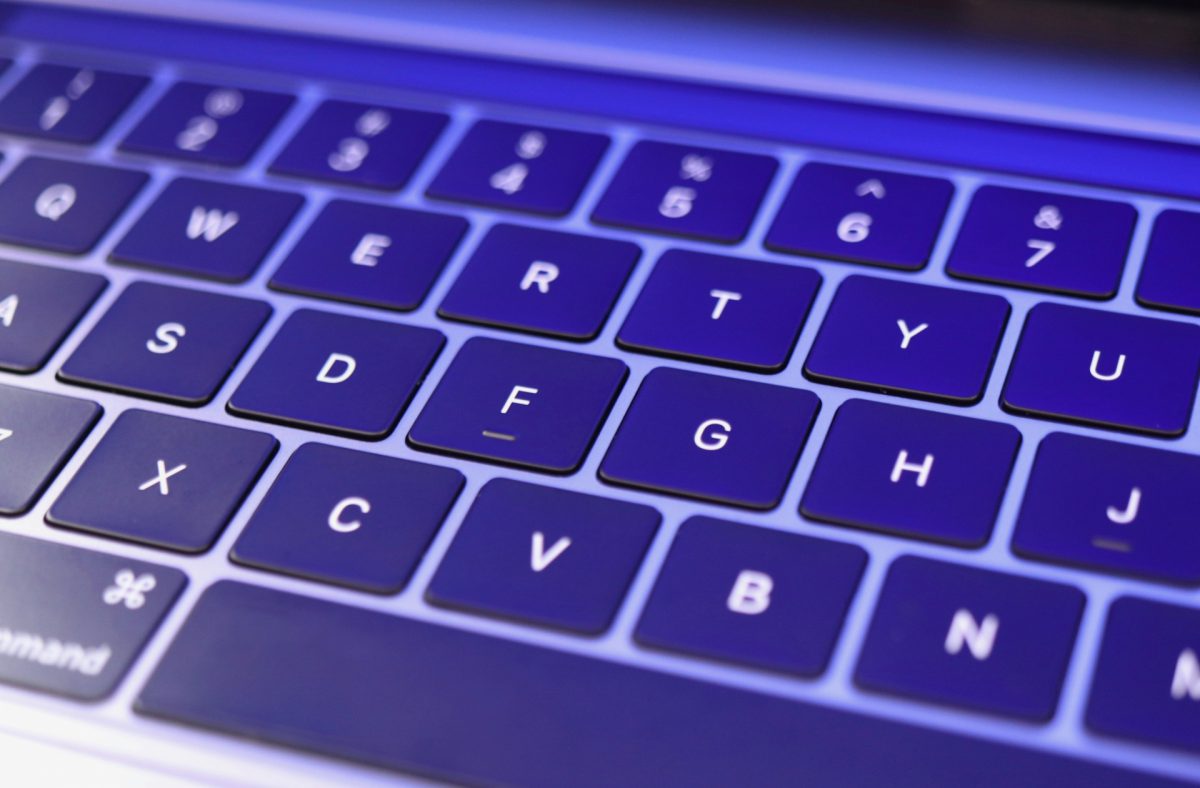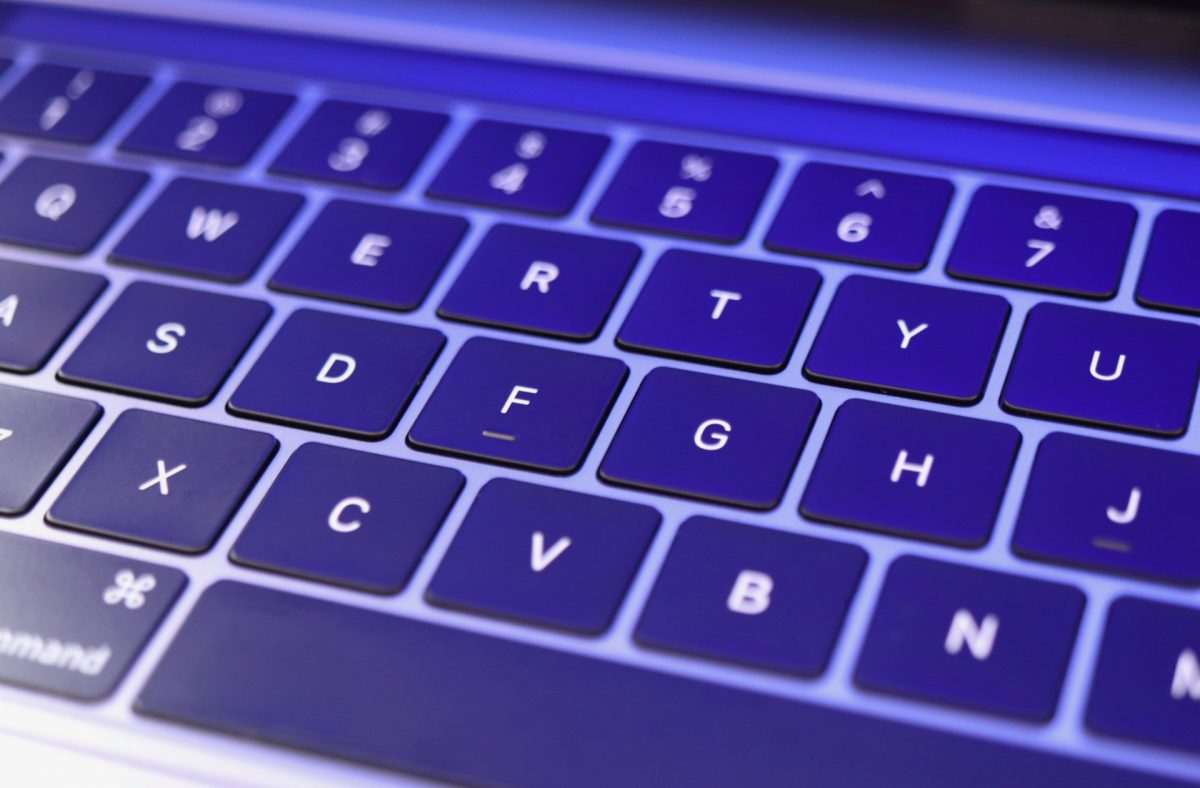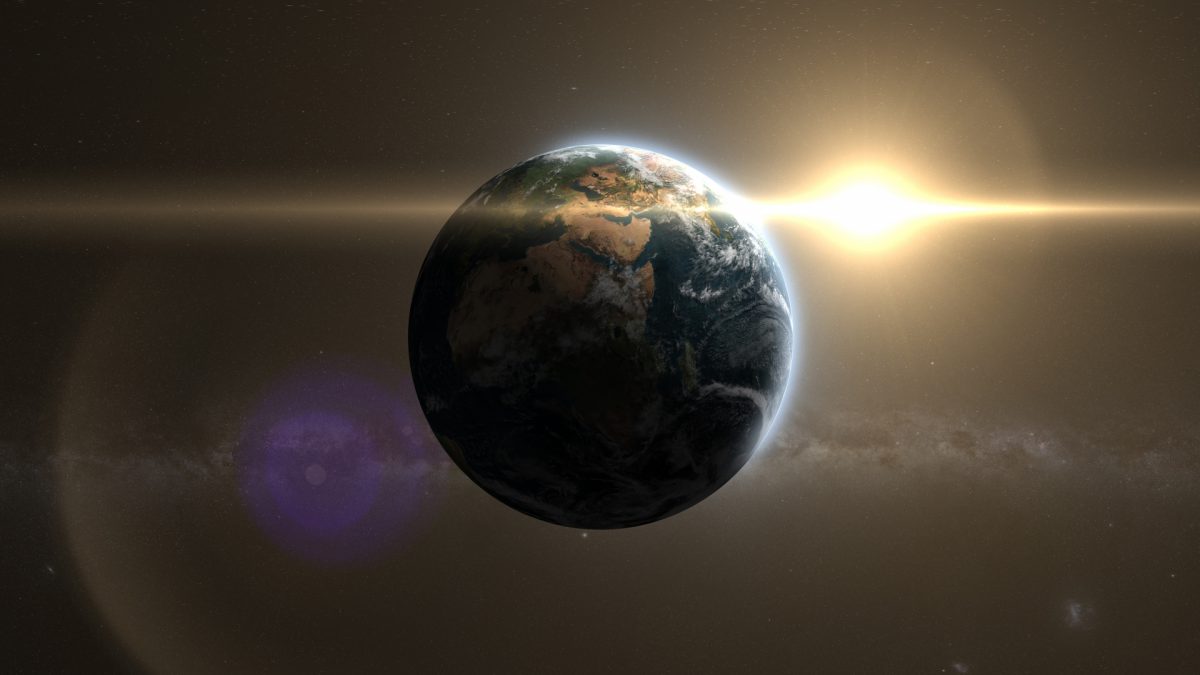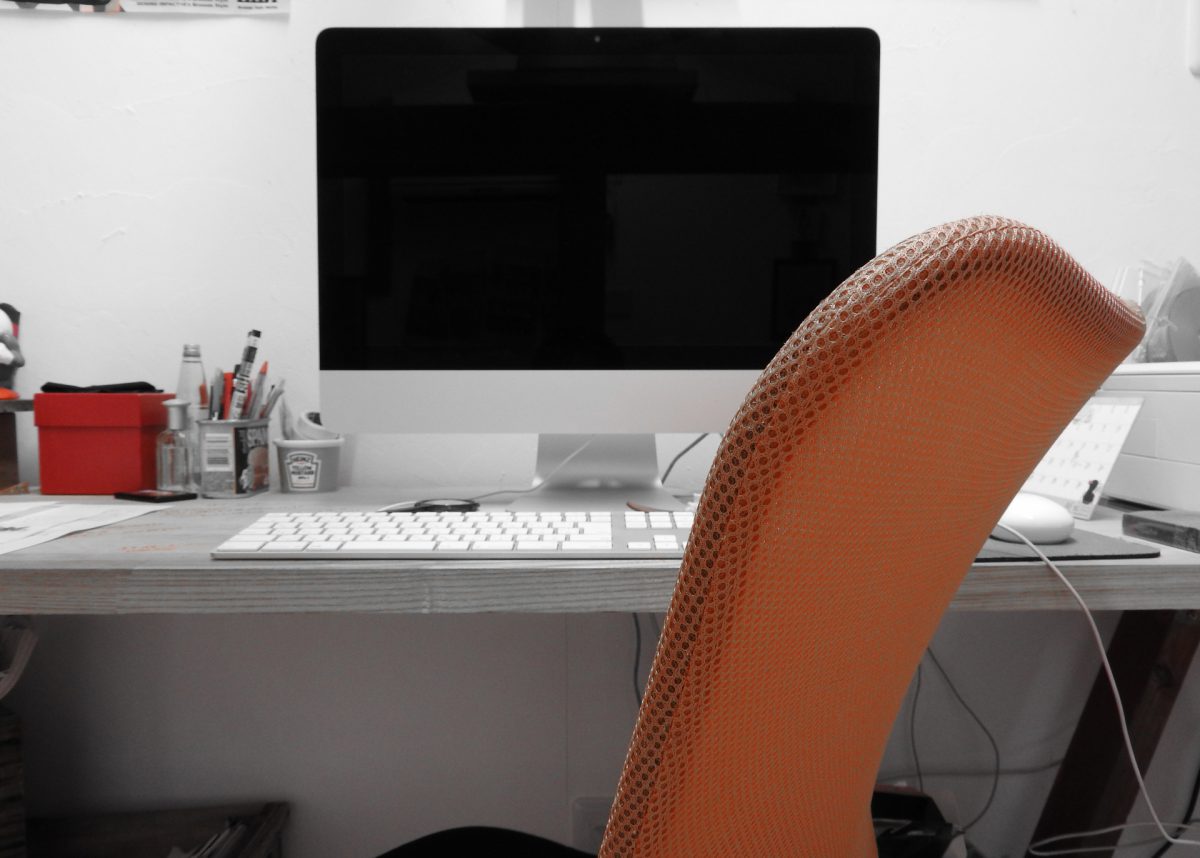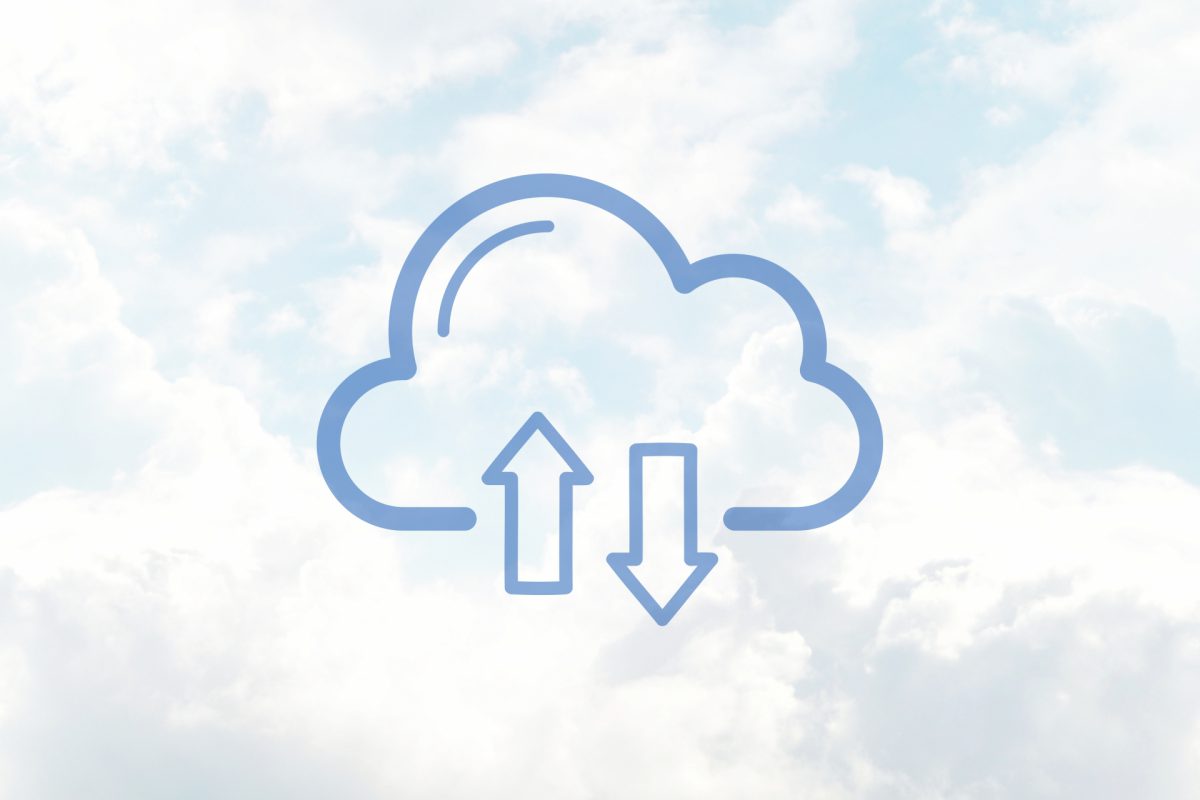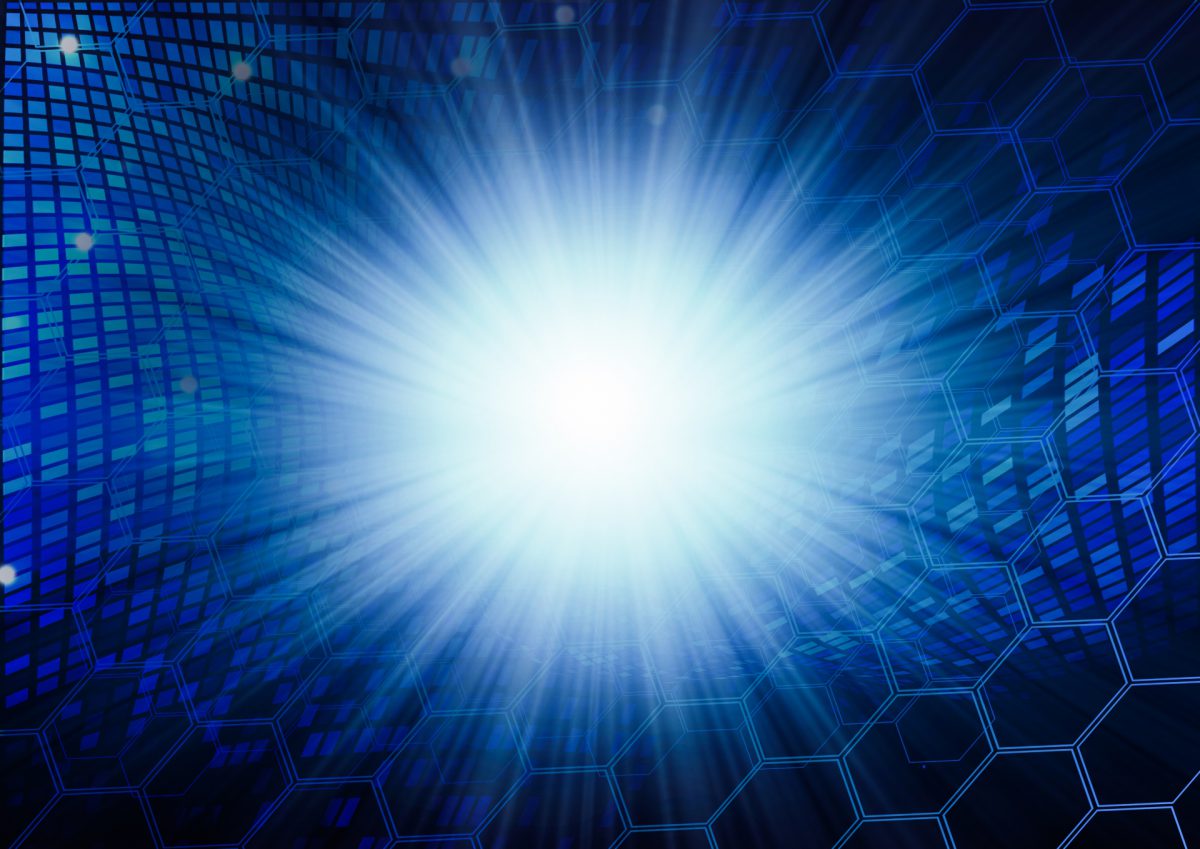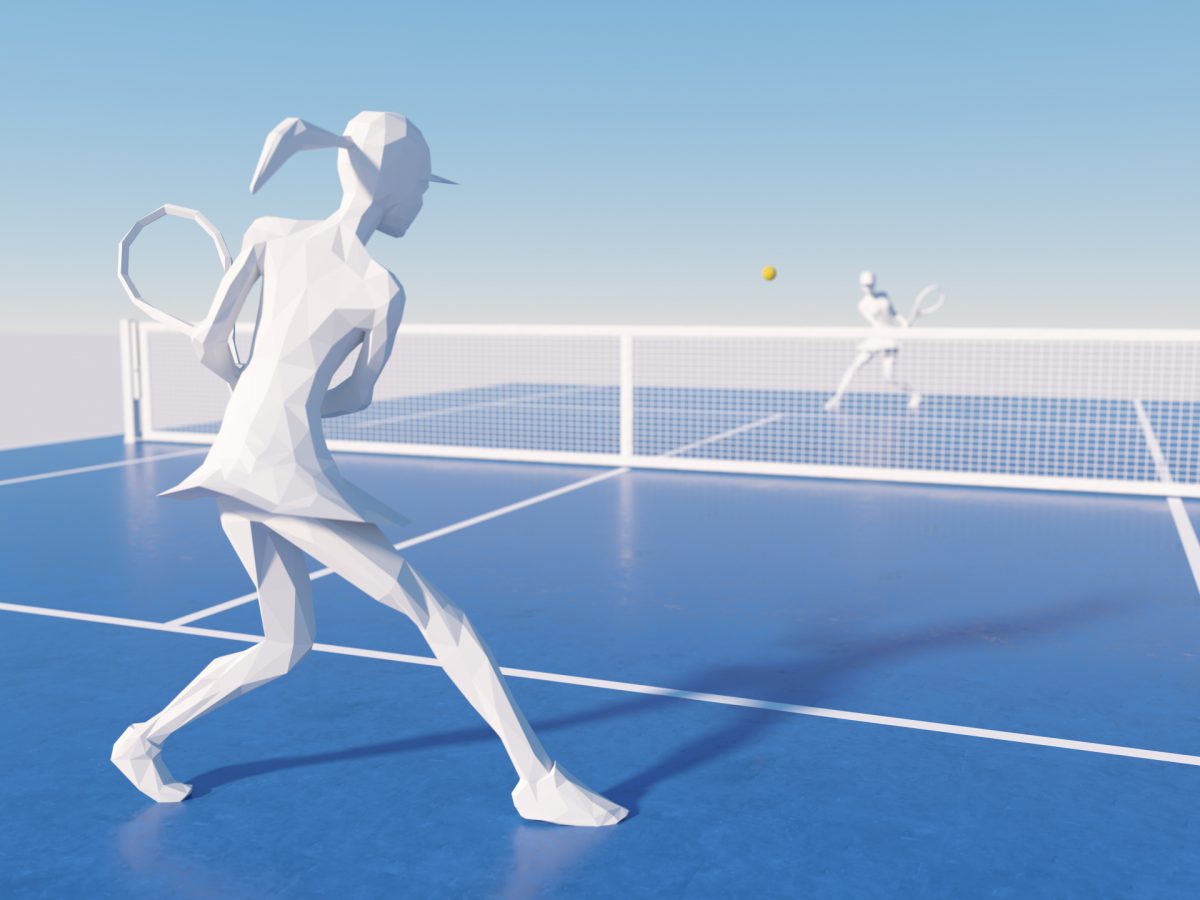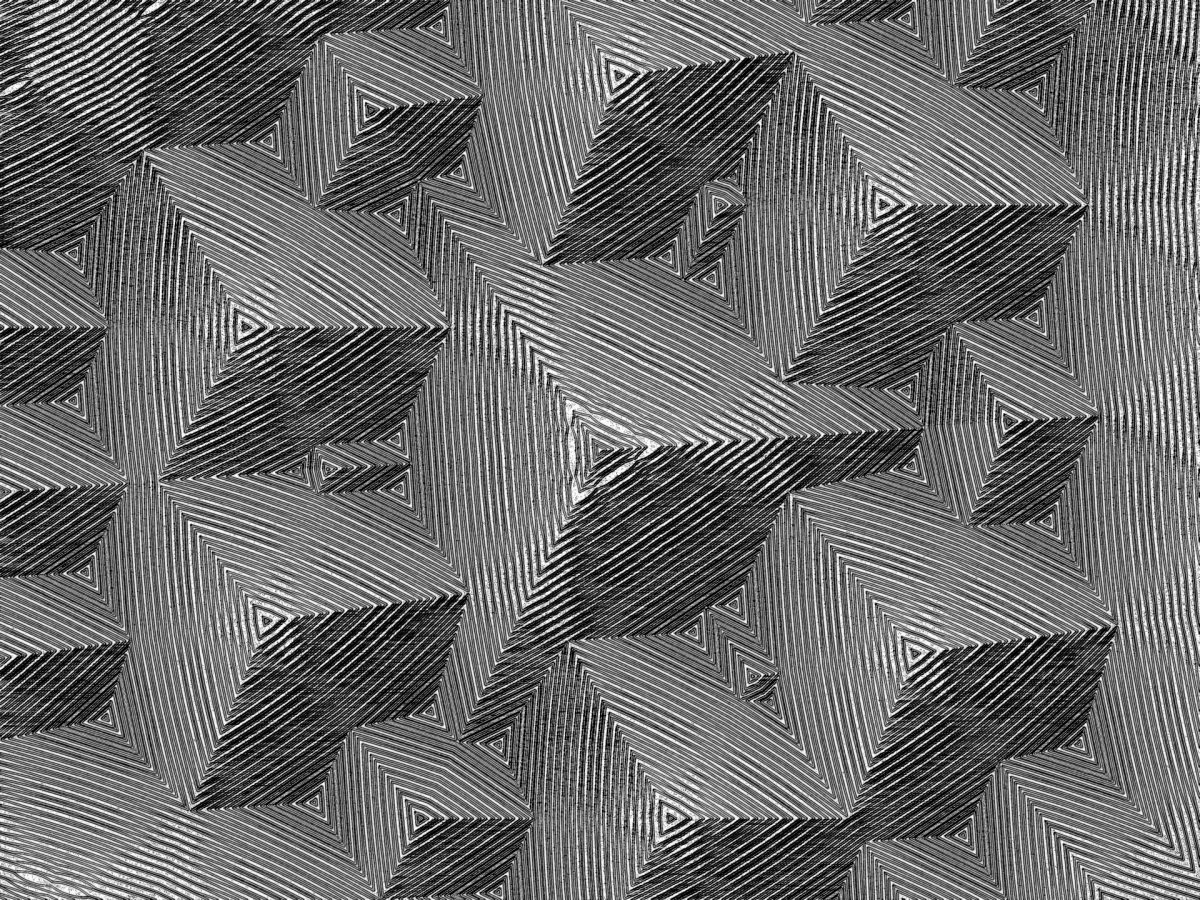The image format that you choose for your render can greatly change the way your final product will look. Images can be compressed to save disk space with lossy formats, while lossless formats sacrifice space for quality and fewer encoding artifacts. So, which is the right way to go about rendering your image? First, it’s …
